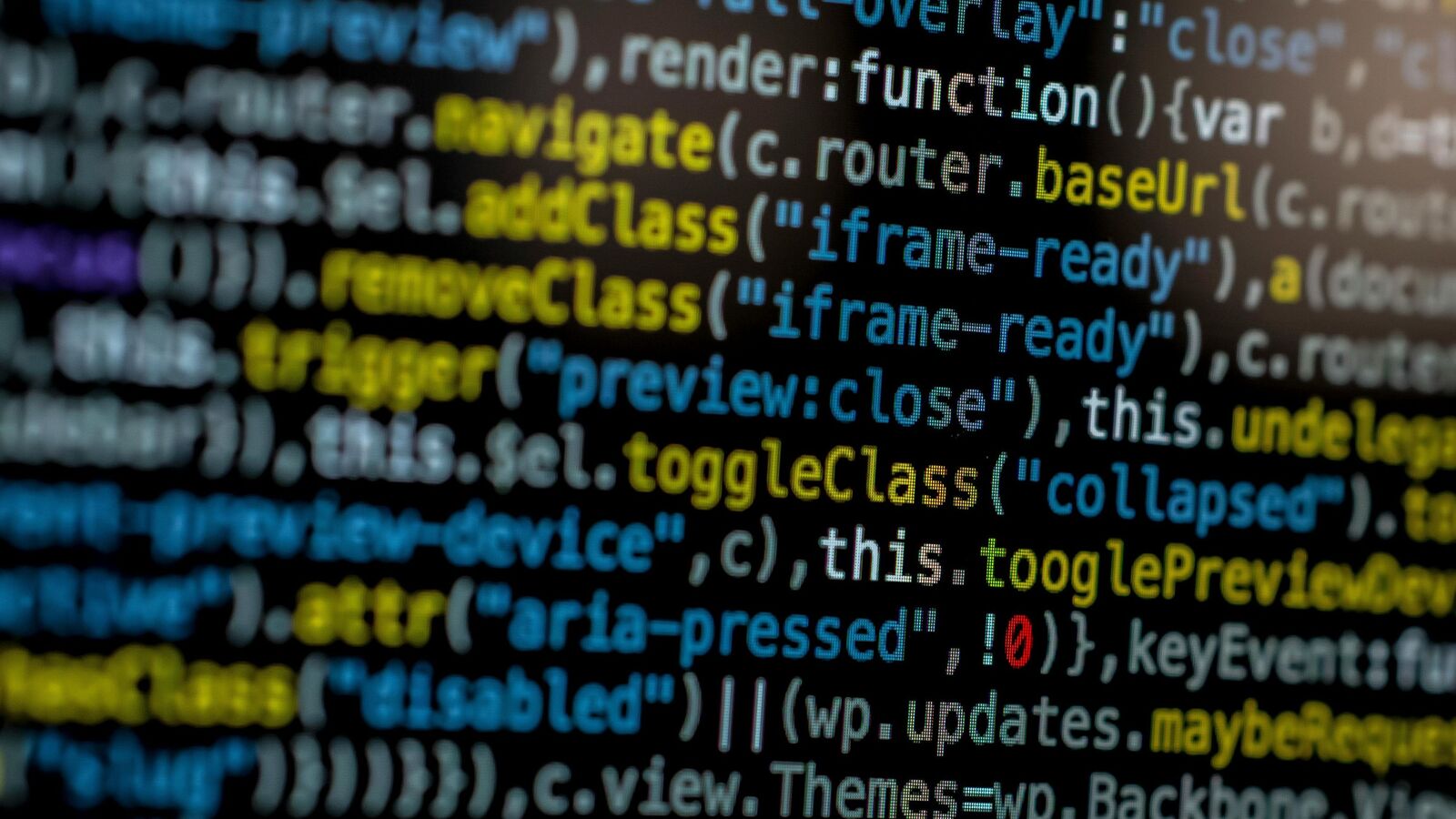
As a co-creator of the Basic programming language and a driving force behind the Dartmouth Time Sharing System (DTSS), Kurtz believed that computing should be a tool for everyone, not just a specialized elite. This ethos underpinned his work at Dartmouth College, where he dedicated his career to democratizing computer access.
I was a beneficiary. While my contemporaries who attended an IIT for a Computer Science degree learnt esoteric programming languages such as Fortran and Pascal, I got my introduction to the world of technology through Kurtz’s Basic.
Kurtz joined Dartmouth’s mathematics department in 1956 after earning his PhD from Princeton University. In the early 1960s, computing was a privilege of the few, requiring intricate knowledge of hardware and programming languages like Fortran and assembly language.
Computers were massive room-filling machines and users had to schedule time to run their programs sequentially—a tedious and slow process.
Recognizing these limitations, Kurtz and his colleague John G. Kemeny sought to change the paradigm. In 1964, they developed the Dartmouth Time Sharing System (DTSS), which let multiple users access a central computer simultaneously.
DTSS maximized efficiency and opened up computing to more people by enabling real-time concurrent use. It was a pioneering step toward the interactive and networked systems we take for granted today.
DTSS was a tech marvel, but Kurtz and Kemeny wanted more than just shared access. They wanted to make programming accessible. The same year, they created the Beginner’s All-purpose Symbolic Instruction Code, or Basic, a programming language designed for simplicity and ease of learning.
Its design was revolutionary. Its syntax was straightforward and conversational, with commands like ‘Print,’ ‘Input’ and ‘Let’ that mirrored natural language. Unlike Fortran, which was primarily for scientists and engineers, Basic was created for non-specialists, including students like me who had no prior programming experience.
“Anyone can learn Basic,” Kurtz famously said. “It’s not a tool for experts; it’s a tool for everyone.” This philosophy resonated deeply as computers went from academic institutions to homes and offices. When Basic debuted, programming was dominated by languages like Fortran and Cobol, which I later encountered while working for IBM.
While Fortran excelled at numerical and scientific computations, its syntax was dense and unintuitive for beginners. Conversely, Cobol, tailored for business applications, lacked the versatility and accessibility envisioned by Kurtz and Kemeny. Basic was designed as a stepping-stone: a language simple enough for novices yet robust enough for meaningful applications.
Its immediacy starkly contrasted with the batch-processing model of the time, where users wrote programs on punch cards and waited hours or days for results. With Basic, users could type a program and see its output instantly. This interactivity was transformative, fostering a sense of experimentation and creativity among users.
Basic’s influence skyrocketed during the personal computing revolution of the 1970s and 1980s. Early personal computers, such as Apple II, Commodore 64 and IBM PC, shipped with versions of Basic pre-installed. For countless aspiring programmers, Basic was their introduction to computing.
It was approachable and could build games, solve mathematical problems and even control hardware. Microsoft’s first product, a version of Basic for the Altair 8800, underscored the language’s centrality to the industry’s early growth. Bill Gates himself credited Basic as instrumental to his career, describing it as a language that “brought computing to the masses.”
Over the decades, Basic evolved. Variants like Visual Basic introduced graphical interfaces, while dialects such as QBasic and FreeBasic kept it relevant for new generations. Despite the proliferation of languages, Basic’s influence persists, especially in education and among hobbyists.
Sixty years after its creation, it remains a teaching aid, good for concepts like loops, variables and conditionals. In an era dominated by Python and JavaScript, Basic’s legacy is a testament to Kurtz’s vision of accessible computing.
In his later years, Kurtz remained active, advocating simplicity and clarity in software development. He received numerous accolades, including the IEEE Computer Pioneer Award, recognizing his profound impact on the field. Kurtz’s passing marks the end of an era, but his influence is woven into modern computing.
His work continues to shape our digital world, from the interactive systems we use daily to the countless programmers who took their first steps with Basic.
Thomas E. Kurtz envisioned a world where computing was not the domain of a select few, but a tool for all. Through the DTSS and Basic, he brought that vision to life, enabling millions to engage with technology in new and meaningful ways.
Kurtz’s greatest gift was his commitment to simplicity—a legacy that will endure for generations. His work will forever be Basic to our understanding of computing.






